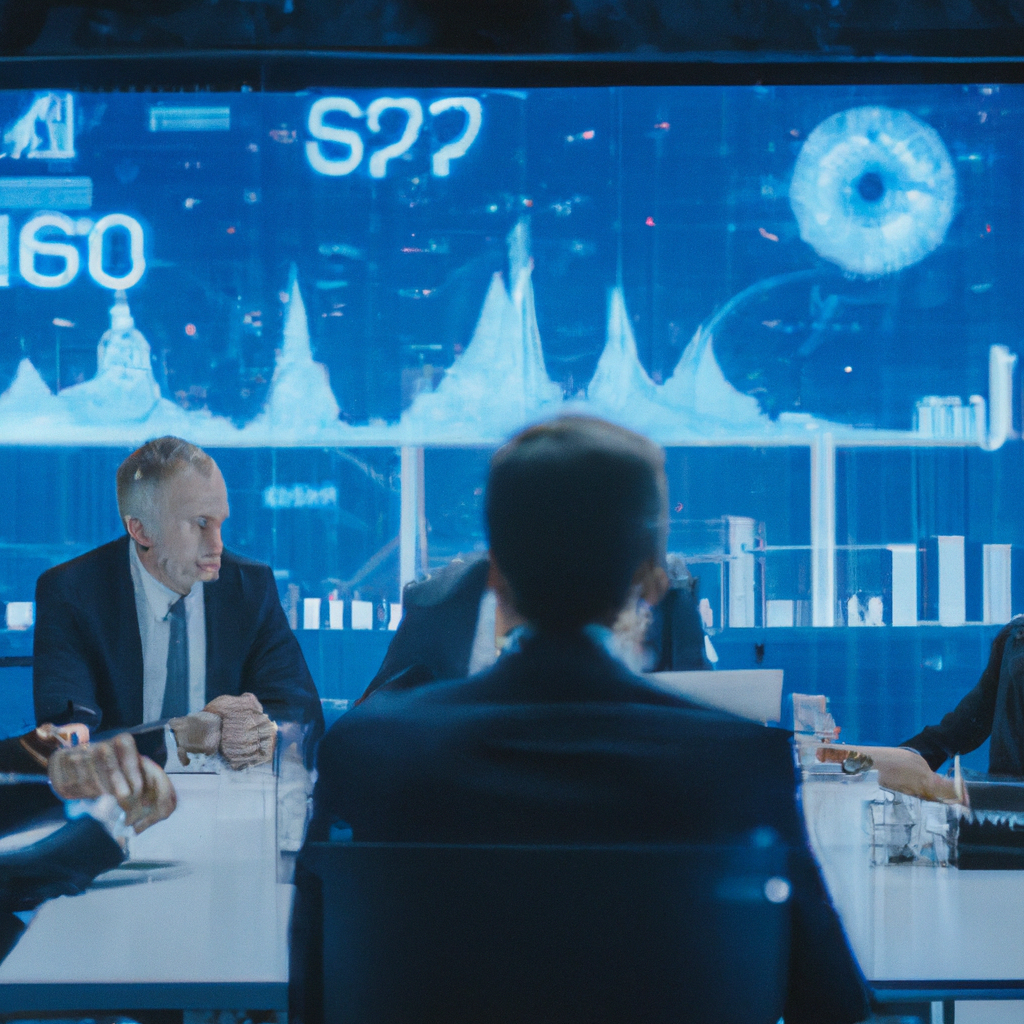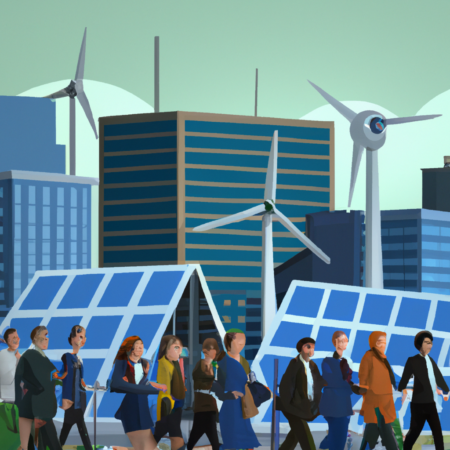Navigating Economic Shifts: Strategies for Growth in Q2 2025
In the second quarter of 2025, the global economy continues to navigate through a landscape marked by rapid technological advancements and shifting geopolitical dynamics. As businesses and policymakers alike seek to harness these changes for growth, understanding the underlying economic trends and policies is more crucial than ever.
Understanding Economic Indicators
As we move deeper into 2025, several key economic indicators need to be watched closely. Inflation rates, which have been volatile in previous years, seem to be stabilizing, but vigilance remains key. Employment rates are showing an upward trend, reflecting a robust recovery in many sectors. However, sectors like manufacturing and services exhibit different recovery speeds, influenced by automation and digital transformation.
Technology’s Role in Economic Growth
The integration of AI and machine learning into business operations is no longer a trend but a necessity. This integration has led to increased productivity and innovation but also poses challenges in workforce management and policy regulation. The economic policies of 2025 should, therefore, focus on facilitating technological adaptation while ensuring fair labor practices and mitigating unemployment risks due to automation.
Geopolitical Influences on Trade
Trade policies in 2025 are significantly impacted by ongoing geopolitical tensions and alliances. The reconfiguration of supply chains, especially in technology and critical minerals, is a major focus. Businesses need to adapt to these changes by diversifying their supply sources and investing in sustainable and local production methods to mitigate risks associated with geopolitical instability.
Policy Recommendations for Sustainable Growth
Policymakers must prioritize sustainability in economic planning. This includes investing in green technologies and infrastructure, which not only addresses environmental concerns but also creates job opportunities, thereby stimulating economic growth. Fiscal policies should also be adjusted to support small and medium enterprises (SMEs) that adopt sustainable practices.
Conclusion
As we progress through 2025, the global economy offers both challenges and opportunities. By understanding and strategically responding to economic indicators, technological advancements, and geopolitical shifts, businesses and governments can foster a resilient and thriving economic environment.






